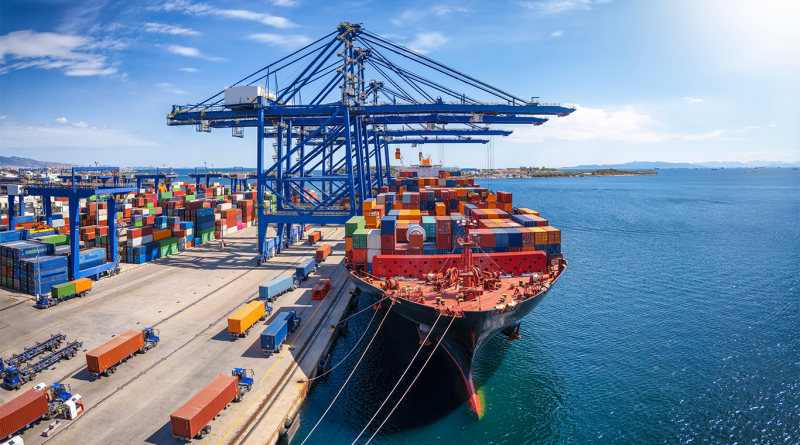How a US Port Strike Could Paralyze North America’s Supply Chains
A potential strike by U.S. dockworkers, represented by the International Longshoremen’s Association (ILA), could bring significant disruptions to North America’s supply chains. This strike, affecting key ports along the East and Gulf Coasts, is expected to cause weeks of delays and higher costs across industries.
With approximately 45,000 dockworkers involved, the strike could paralyze around 43% of U.S. imports, further exacerbating supply chain vulnerabilities. As the October 1 strike deadline looms, logistics experts and businesses are racing to prepare for worst-case scenarios.
The Importance of U.S. Ports for North American Trade
Ports on the East and Gulf Coasts are vital hubs for moving goods across North America, handling billions of dollars in trade annually. Their significance extends to Canada, as many imports pass through these U.S. ports. Industries reliant on just-in-time inventory, such as automotive manufacturing and retail, are particularly vulnerable to a port strike.
Delays could ripple through these industries, straining operations and leading to shortages of critical goods like raw materials, electronics, and consumer products. The potential disruption highlights how interconnected North American trade truly is.
The International Longshoremen’s Association and Worker Demands
The International Longshoremen’s Association, representing dockworkers at 36 major ports, is pushing for improved wages, safety conditions, and working standards. This dispute mirrors past labour movements, where dockworker strikes have paralyzed global shipping.
With automation and labour conditions as key sticking points in negotiations, tensions are high as the October 1 deadline nears. Past labour disputes, such as a 44-day strike in 1977, have shown the enormous economic cost of these shutdowns. The current labour negotiations are poised to have a far-reaching impact if not resolved soon.
Supply Chain Disruption: Canada and Beyond
Canadian industries are closely tied to U.S. port operations. Goods from the U.S. ports flow into Canada daily, meaning delays could cause severe backlogs and shortages across several sectors, including retail and manufacturing. Ports like New York and Savannah, Georgia, handle cargo bound for Canada, meaning a strike would cause ripple effects throughout North America.
Shipping firms and manufacturers have started rerouting or expediting shipments to minimize delays, but many fear that prolonged disruptions could cause significant congestion. This highlights how reliant Canada is on its southern neighbour for supply chain fluidity.
Negotiations and Possible Outcomes
Negotiations between the ILA and U.S. Maritime Alliance remain tense, with federal mediation involved. If no agreement is reached by September 30th, the strike could begin, creating a supply chain crisis that might last for weeks, if not months. The Biden administration could intervene using the Taft-Hartley Act, forcing workers back to ports, but this would be a politically complex decision for a pro-union administration.
While some shippers have prepared for disruptions by rerouting cargo to West Coast ports, such measures may not fully alleviate the potential congestion at East Coast facilities.
A prolonged strike at U.S. ports would have global implications, causing disruptions beyond North America. Major trading partners in Europe and Asia, which rely on U.S. East Coast ports for seamless trade, could see their supply chains disrupted.
Businesses may be forced to diversify their shipping routes or explore reshoring production to mitigate future risks. In the long term, labor unrest at U.S. ports could increase volatility in global shipping markets, driving up costs and leading to greater uncertainty in international trade.
Sources:
